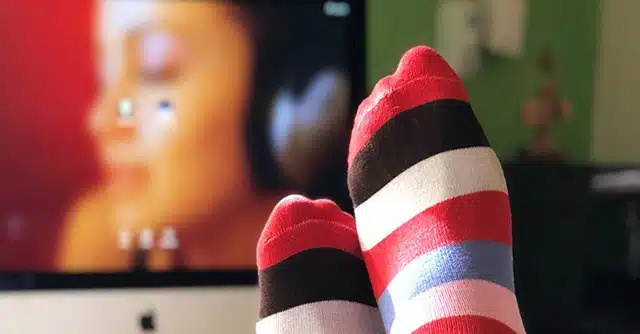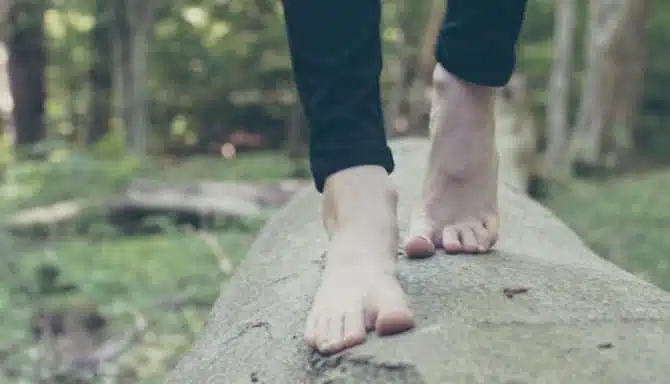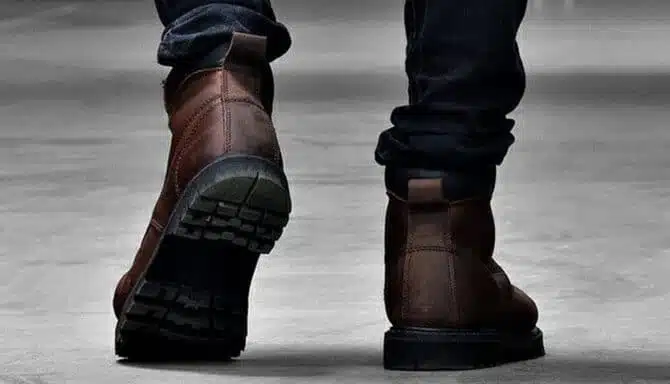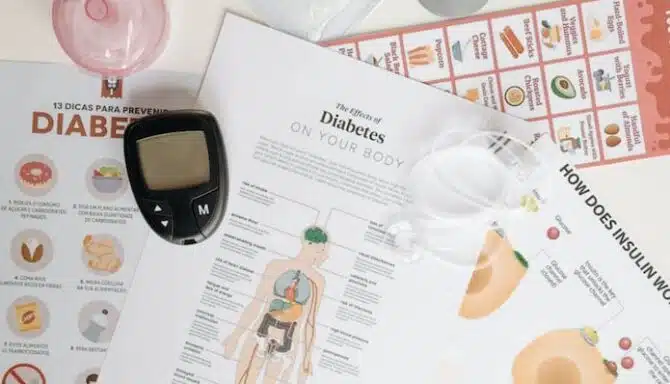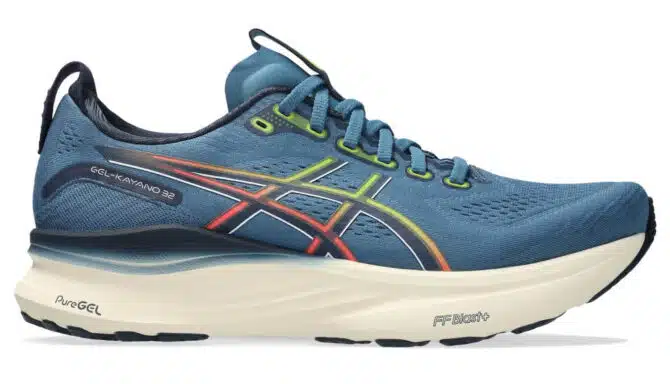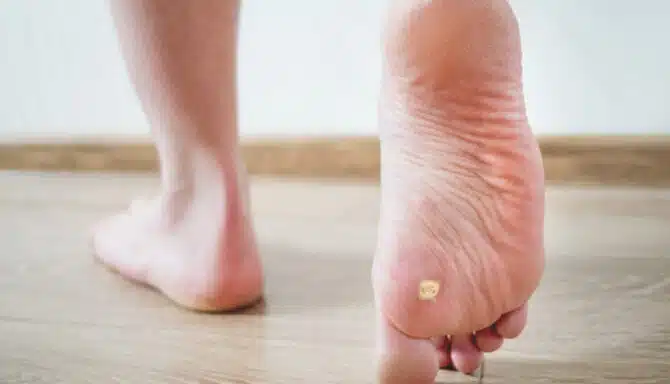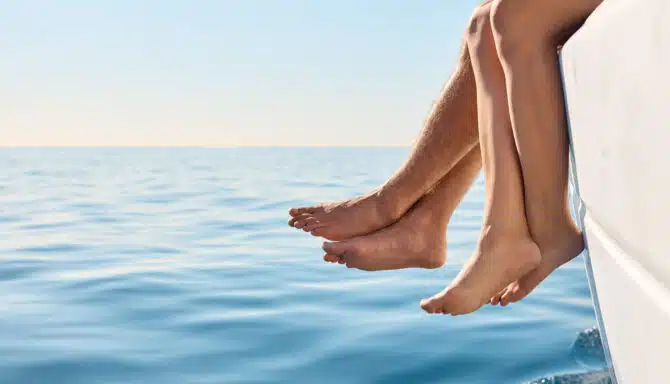Let’s face it, feet are probably the most neglected part of the human body. Think about it. When is the last time you checked the bottoms of your feet or in between the toes? Do you pay attention and tend to the aches and pains in your feet? Feet work hard every day to support your body and take you wherever you need to go, all while being cooped up in socks and shoes (hopefully comfortable ones at the least) for most the day. Stresses on your feet are more so if your job requires you to be on your feet, you’re a busy parent looking after an active child, you’re an athlete, or exercise is part of your daily regime. Making sure your feet get the care and love they deserve will not only leave your feet feeling better, but it will keep them healthy, keep you mobile and pain-free, and ultimately improve the overall quality of your life. Keep reading to educate yourself on five very simple foot care tips and why each is important to healthy and happy feet.
Proper Toenail Cutting/Toenail Care
We need toenails to help protect our toes, in particular the skin and bones underneath them. Toenails are made of a protein known as keratin, which makes them less vulnerable to daily wear and tear. It is important to maintain the health of our toenails so that they can fulfil their purpose.
Proper toenail cutting is a simple way to reduce the risk of nail complications such as ingrown toenails and toenail fungus. The safest way to cut your toenails is to cut them straight across using a clean, disinfected nail clipper. Avoid cutting the nail too short and do not cut the nail at an angle down the sides. Finish off by filing the edge of the nail smooth, getting rid of any sharp corners or jagged edges that may get caught in clothes or bed sheets and tear the nail. Toenails should be cut every six to eight weeks.
Moisturize
Your skin is your body’s largest organ and it plays a vital role in creating a barrier against harmful microbes. If the skin is dry, it can become irritated, itchy, and crack. Breaks in the skin will allow bacteria to enter and may lead to inflammation and infection.
Moisturizing your skin daily with a good moisturizer will help to hydrate the skin and keep it soft and smooth. Look for creams that contain effective ingredients such as urea and/or alpha hydroxy acid (AHA). Urea causes skin cells deep below the surface to attract, absorb and hold moisture better while AHA speeds up cell turnover and stimulates cell renewal by dissolving the bonds that hold them together. In the end, you’re left with younger-looking, smoother, and softer skin. It is best to apply moisturizer right after a shower and reapply a couple times a day.
If you have calluses, in addition to moisturizing, using a foot file or a pumice stone can help to exfoliate the skin and remove dead skin cells. Thick calluses and painful corns will need to be removed by a health care professional. Regular application of vitamin E oil on the nails can also help to keep them strong and moisturized.
Wash Your Feet
Washing your feet thoroughly (don’t forget in between the toes) and drying them well afterwards is a very simple way to keep the feet clean and healthy. And no, it is not enough to think they get cleaned in the shower from simply standing in soapy water. Wash your feet somewhat vigorously and daily with soap and water to help physically remove dirt and dead skin cells as well as prevent the build up of bacteria that can cause foul foot odours. You can also reduce the risk of infections such as Athlete’s foot and plantar warts.
Effective Shoes
A proper shoe has many benefits including comfort, protection, and support. Wearing the right shoe for you will make all the difference, especially on days when your feet take on extra stress. Here are some tips to keep in mind when looking for shoes:
- Always try shoes on before purchasing. No two feet are the same, therefore, what may be comfortable for someone may not be comfortable for you.
- If you are unsure of your size, have your feet measured. Keep in mind, the right fitted shoe will have about a finger’s width between your longest toe and the end of the shoe. If you can feel the end of the shoe with your toe, it’s too small!
- Bring your orthotics. If you wear orthotic insoles, bring them with you and try them on with the shoes. A shoe that has a removable insole are more likely to comfortably accommodate an orthotic device.
A good shoe will have the following features:
- The shape of the shoe matches the shape of the foot. Avoid wearing narrow or pointed shoes that force your toes to squeeze in small spaces.
- Functional fastenings such as laces, velco, buckles. The foot should make no effort to keep the shoe on.
- The shoe should only bend where the foot naturally bends which is at the joints that connect the toes to the rest of the foot. You should also be able to twist it slightly.
- A firm and snug heel counter. The heel should feel gripped into the shoe.
- The outer sole should provide enough grip and traction to prevent slippage.
- A midsole that provides adequate cushioning and shock absorption.
- An innersole that provides arch support.
Don’t Wait to See Attention
Above all, if you have ongoing foot pain or discomfort, or you’ve noticed changes to the skin or nails of your feet, don’t wait to seek attention from a licensed chiropodist. Chiropodists are primary health care professionals who specialize in the assessment, management, and prevention of dysfunctions, disorders, and diseases of the foot. More often than not, the earlier you treat your foot problems, the better the results. In particular, if you have health conditions that put you at risk such as diabetes, it is recommended to seek care right away.
Have No Fear!
We have all your solution under one roof. Call or Book Today and we’ll have you in asap! Open 6 days a week, we’ll be happy to help inform you and solve all your concerns any day at your convenience!
Call us at 416-769-3338 or Click Above to Book Your Assessment Today!
